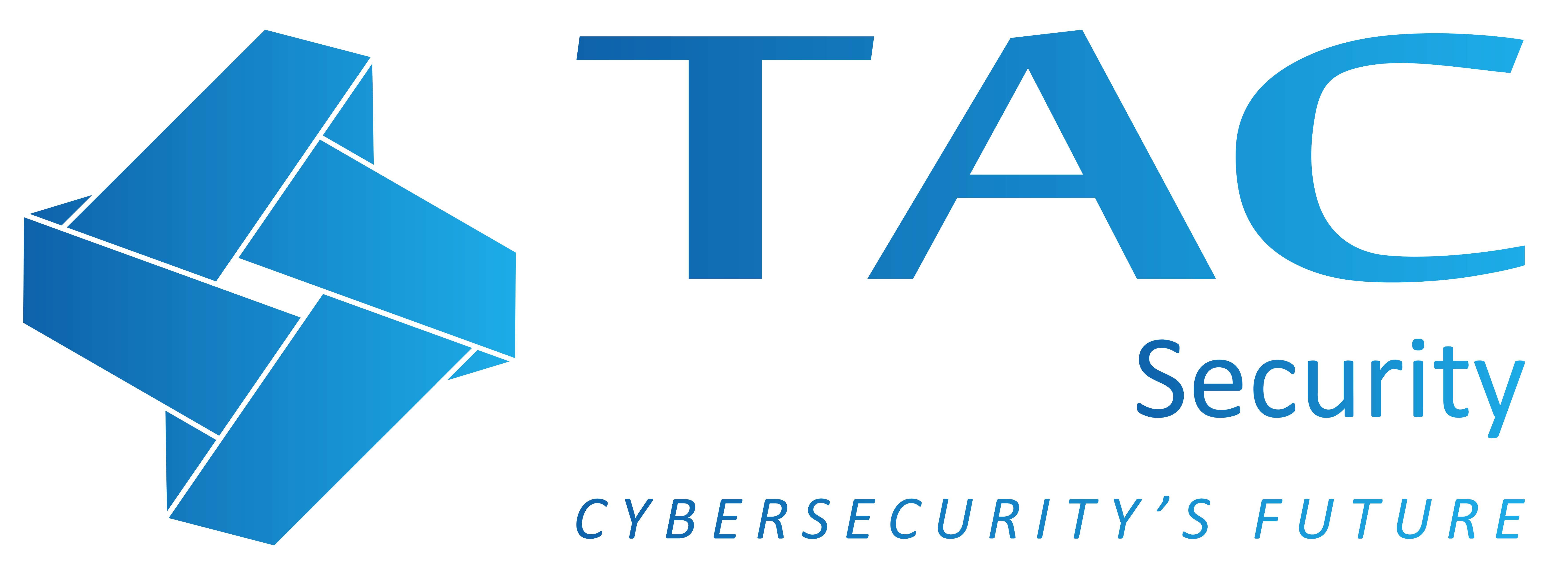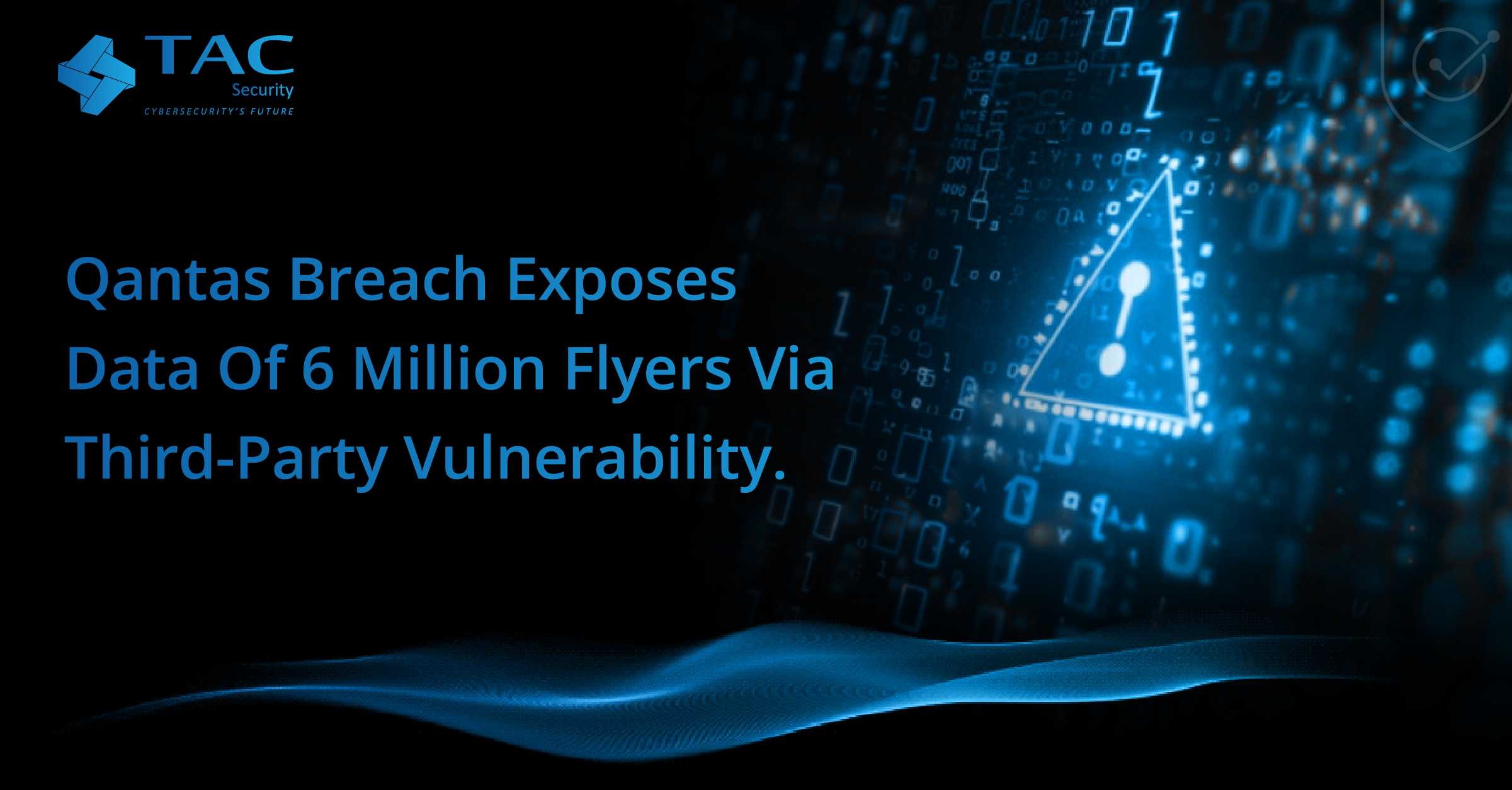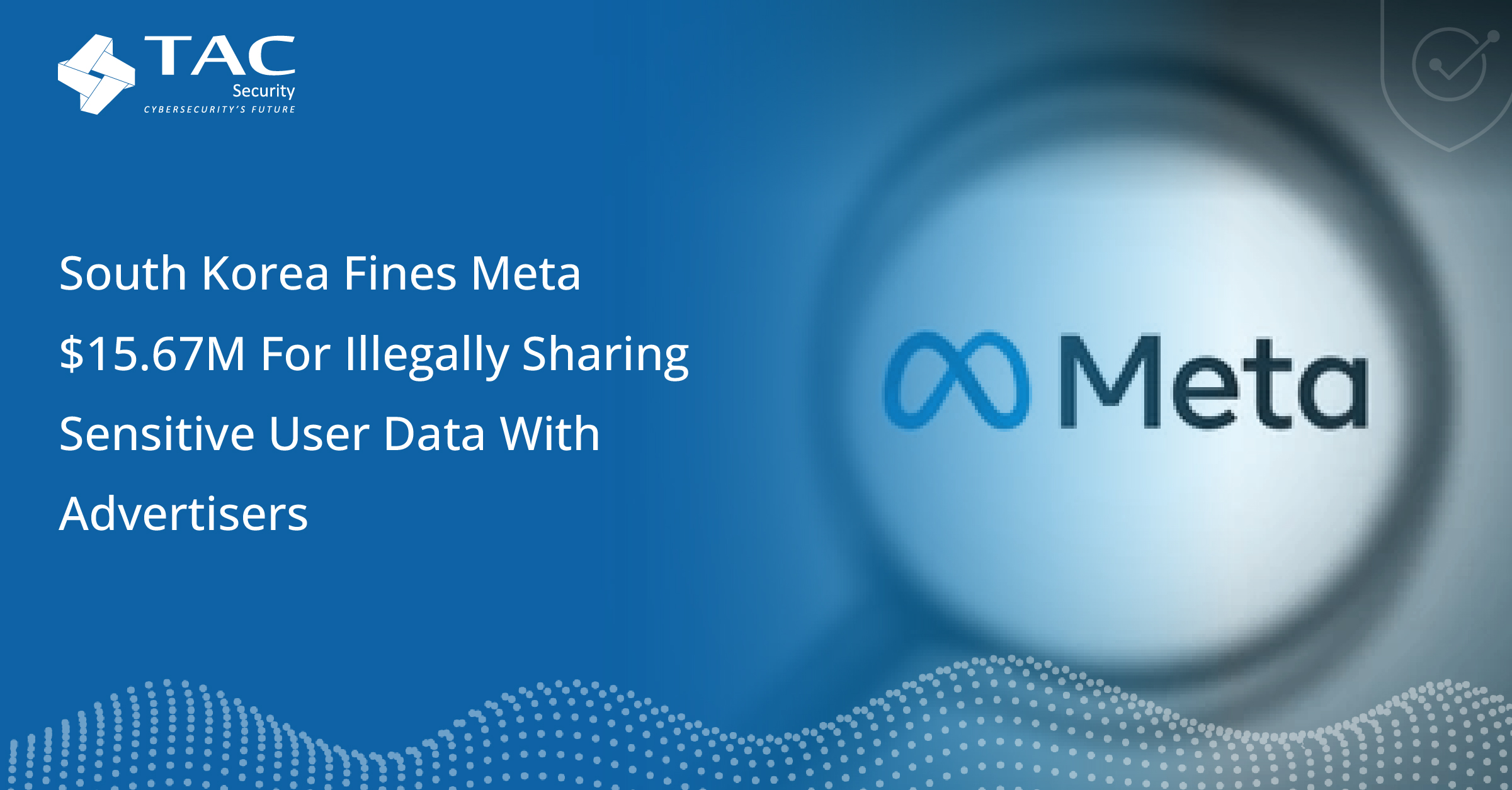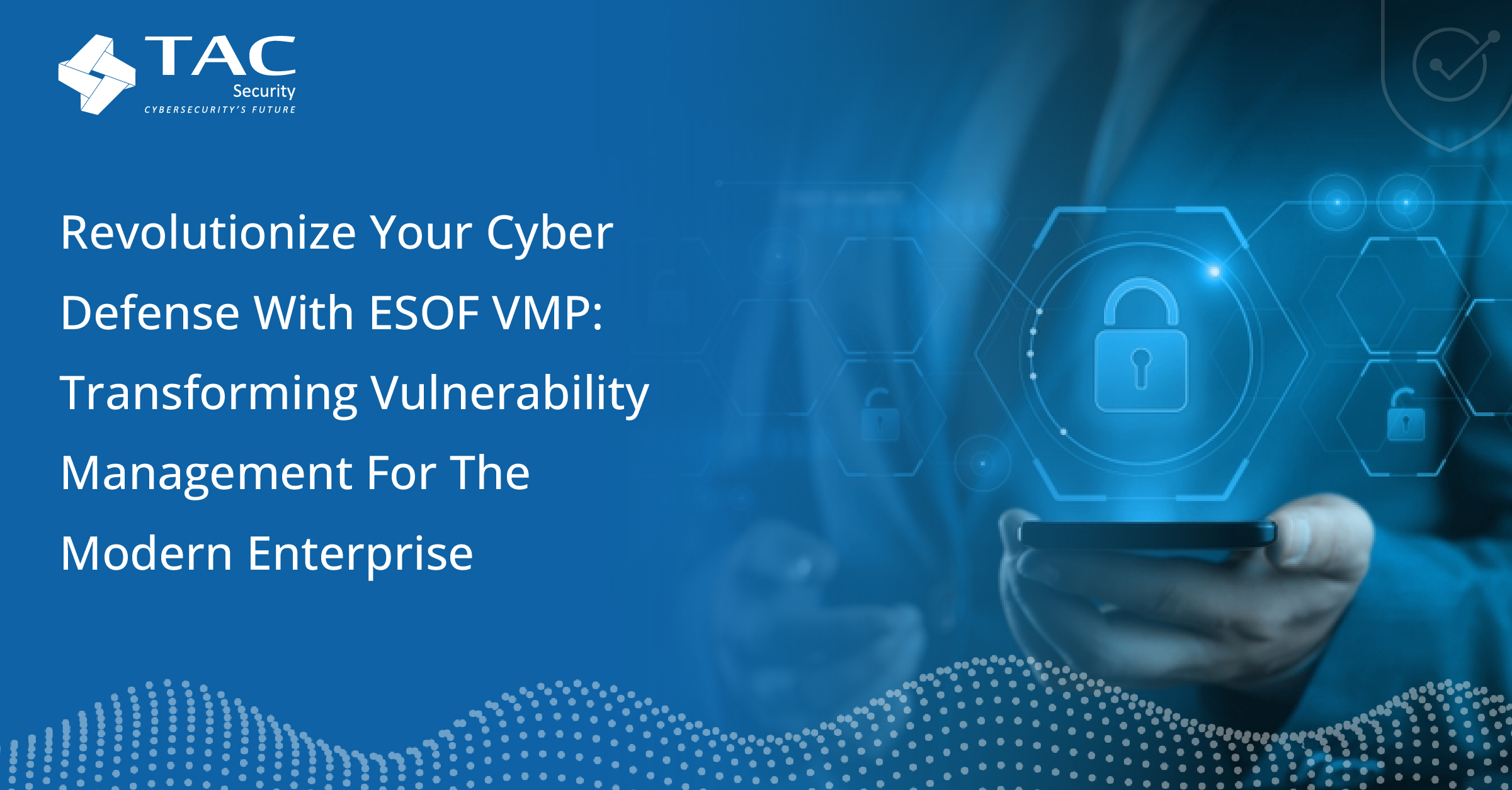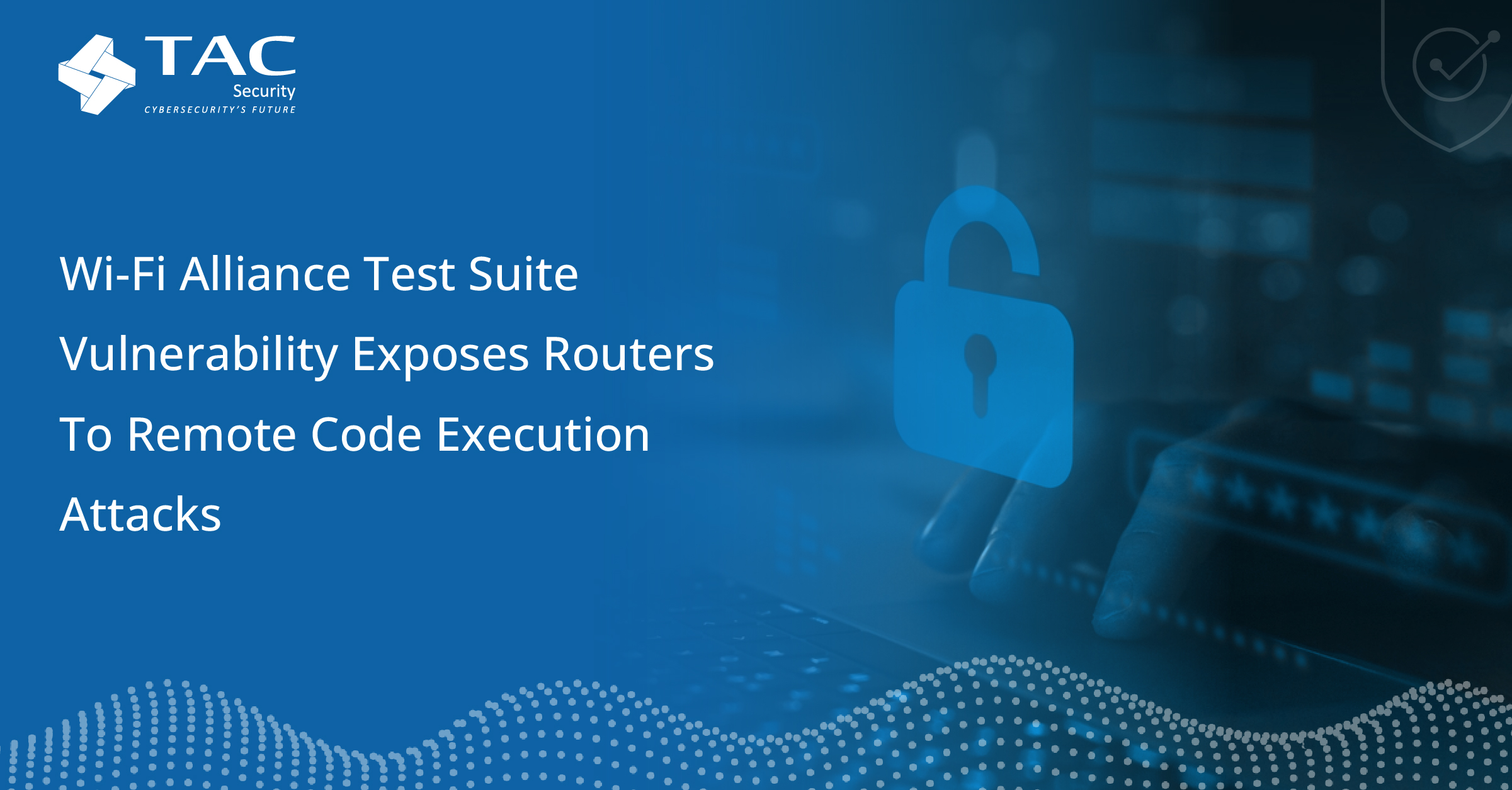ALPHV Hacker Group Unveils MGM Cyber Attack Details: What Happened and the Implications for the Hospitality Industry
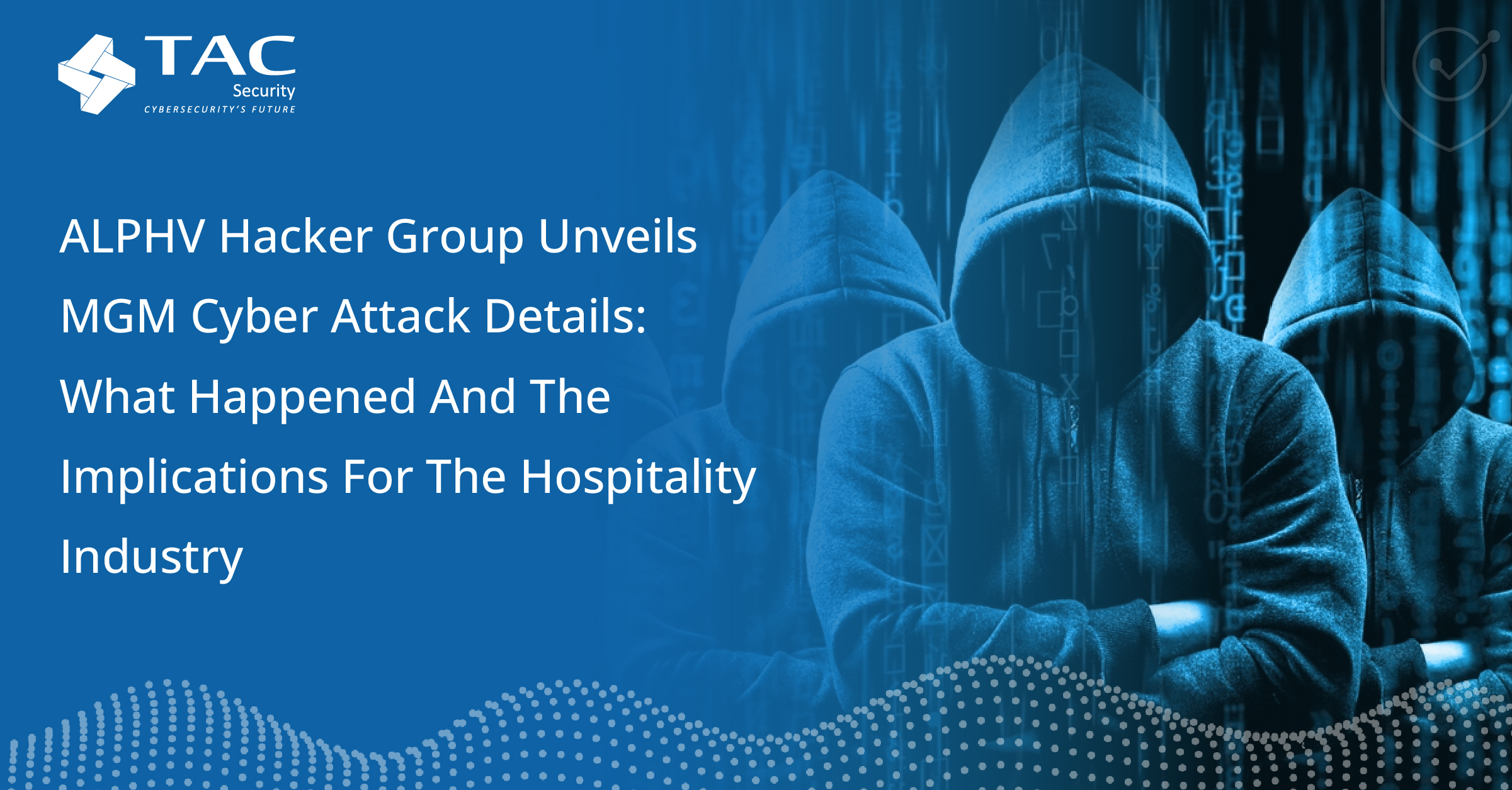
The recent cyberattack on MGM Resorts by the ALPHV ransomware group, also known as Black Cat, has shaken the hospitality industry. ALPHV, a notorious ransomware-as-a-service (RaaS) group, claims responsibility for a coordinated breach that disrupted MGM’s digital operations. This incident is notable not only for its scale but also for the group’s unusual decision to disclose attack details publicly, shedding light on their methods and tactics.
Here’s a closer look at what happened, how the hackers gained access, and what it means for businesses that rely on interconnected IT infrastructure to serve customers.
The MGM Cyber Attack: A Breakdown
In September, MGM Resorts, one of the largest hospitality and gaming companies in the U.S., experienced significant disruptions to its systems, affecting operations across multiple properties. The attack targeted MGM’s central digital infrastructure, forcing the company to take parts of its network offline. This impacted various services, including hotel reservations, payment systems, digital room keys, and gaming operations, which rely heavily on digital processing for seamless customer experience.
ALPHV later came forward, claiming responsibility for the attack and revealing how they infiltrated MGM’s network. According to the group, they used a combination of social engineering tactics to gain access, specifically leveraging a technique known as vishing (voice phishing).
How ALPHV Executed the Attack
The hackers claimed they gained access to MGM’s systems by calling the company’s IT help desk. Using vishing, they reportedly impersonated a trusted employee, leveraging knowledge of MGM’s internal structure to bypass basic security protocols. By doing so, they managed to acquire privileged credentials, which allowed them to move laterally across MGM’s network and establish control over critical systems.
While MGM had cybersecurity defenses in place, the success of this attack underscores the risks associated with social engineering. Rather than directly attacking a network’s technical vulnerabilities, ALPHV focused on human error and insider trust, exploiting the weakest link in cybersecurity.
The Impact on MGM and the Hospitality Industry
The attack on MGM caused substantial disruptions across the company’s properties and demonstrated the wide-reaching implications of cybersecurity breaches in the hospitality sector. For MGM, the impact of the breach went beyond financial losses, potentially damaging customer trust and brand reputation. Disruptions included:
- System Downtime: Hotel guests experienced delays in check-in processes, online reservations, and billing. Digital room keys were inaccessible, creating logistical challenges for staff and guests alike.
- Data Breach Risks: Although it’s not yet confirmed what specific data ALPHV accessed, the potential exposure of customer data (including personal and financial information) poses significant privacy risks.
- Operational Costs: Recovering from a cyberattack of this scale involves not only ransom negotiations but also the costs of incident response, security consulting, system upgrades, and possible regulatory fines.
For the hospitality industry, this breach highlights the sector’s growing vulnerability to cyberattacks. Hotels and resorts rely on complex, interconnected systems that manage everything from reservations to gaming and customer service, making them attractive targets for hackers.
The Importance of Social Engineering Awareness
This breach is a stark reminder that social engineering remains a powerful tool for hackers. As seen in ALPHV’s use of vishing, gaining access often doesn’t require sophisticated malware but rather relies on exploiting human vulnerabilities. Organizations need to prioritize security awareness programs to educate staff on recognizing and reporting suspicious requests, regardless of who appears to be making them
How TAC Security’s ESOF Platform Can Help Mitigate Cyber Attacks Like the MGM Incident
With the recent cyberattack on MGM Resorts by the ALPHV ransomware group, it’s clear that large, interconnected organizations, especially in sectors like hospitality, are highly vulnerable to cyber threats. TAC Security’s ESOF (Enterprise Security in One Framework) platform is designed to help organizations proactively manage these threats by providing a comprehensive view of security posture, streamlining vulnerability management, and enabling robust defense mechanisms. Here’s how ESOF can mitigate risks and fortify defenses against similar attacks.
1. Comprehensive Vulnerability Management
The ESOF platform is built to scan, prioritize, and manage vulnerabilities across an organization’s entire digital landscape. It does this by:
- Automated Threat Detection and Prioritization: ESOF identifies and prioritizes vulnerabilities based on their potential impact, which helps security teams focus on critical threats that pose the highest risks. With a centralized and automated process, ESOF reduces the likelihood of overlooked vulnerabilities that hackers might exploit.
- Continuous Vulnerability Monitoring: Instead of one-time assessments, ESOF offers continuous monitoring, which is essential for large organizations where vulnerabilities can emerge rapidly. This enables proactive detection of potential entry points before they can be exploited.
2. Enhanced Incident Response and Threat Intelligence
TAC Security’s ESOF platform integrates threat intelligence and incident response capabilities to respond quickly to cyber incidents:
- Threat Intelligence Integration: By leveraging real-time threat intelligence, ESOF helps organizations understand current attack trends and tactics used by groups like ALPHV. This knowledge is crucial in preparing defenses and educating employees about evolving threats.
- Incident Response Automation: ESOF’s automation capabilities streamline incident response processes, enabling quick containment and remediation. By automating responses to common threats, ESOF minimizes downtime and reduces the potential for operational disruption.
3. Automated Compliance and Regulatory Alignment
For sectors like hospitality, compliance with regulations (such as PCI-DSS for payment data) is critical. ESOF helps manage compliance by:
- Automated Compliance Checks: ESOF continuously assesses compliance status against industry standards, alerting organizations to gaps that need immediate attention.
- Detailed Reporting for Regulatory Audits: The platform generates audit-ready reports that document security measures, allowing businesses to demonstrate compliance and quickly address regulatory inquiries in the event of an attack.
Conclusion: Building Resilience Against Modern Cyber Threats with ESOF
TAC Security’s ESOF platform equips organizations with the tools needed to manage complex security challenges like the MGM cyberattack. By enhancing vulnerability management, reinforcing incident response, ESOF helps create a comprehensive defense strategy. As cyber threats evolve, platforms like ESOF provide the flexibility and intelligence required to stay a step ahead, making them essential for businesses aiming to protect critical data, sustain operational continuity, and build resilience against future attacks.
